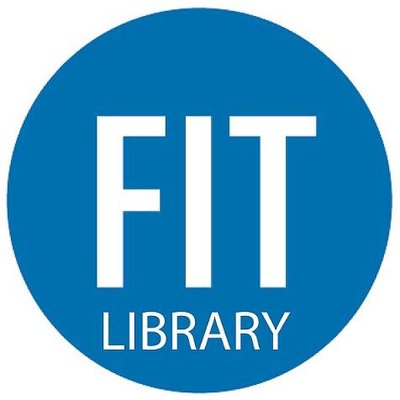Representation of Science in Two Realistic Novels of Different Cultures
DOI:
https://doi.org/10.61841/amfsmt89Keywords:
character, realistic novel, fact, fiction, aesthetic ideals, intelligentsia, narrationAbstract
Given the expansion of realistic novels just before the World War II, this article analyzes the representation of science in American and Uzbek novels. A close reading of Arrow smith by Sinkler Lewis and The Three Roots by Pirimkul Kodirov shows that the authors’ approach to create realistic characters of science sphere bear similarities. A careful analysis is given to the interplay of facts and fiction in the novels, the representation of the authors’ aesthetic ideals by means of protagonists and the tools that enable the creators to achieve realistic description of characters. As a result of the comparison, the type of literary relations between the two national literatures in the mentioned period is clarified and the similarity of the two novels explained. It is concluded that similarities of the novels are both a result of mediated form of internal contact and typological affinities.
Downloads
References
1. Hornby, A S. Oxford Advanced Learner’s Dictionary of Current English. Oxford; Oxford University Press. 1995.
2. Hutchisson, James M. »Sinclair Lewis, Paul De Kruif, and the Composition of Arrowsmith.« Studies in the Novel, 24. 1 (Spring 1992): 48-66.
3. Doctorow E.L. (2008) “Afterword”. In: Lewis S. (1925/2008) Arrowsmith. New York: New American Library, 451-456.
4. Abrams M. H. Glossary of literary terms.Seventh edition. p. 347.
5. Lodge D. Consciousness & the Novel // Lodge D. Consciousness & the Novel. Connected Essays. L, 2001.P. 1–91.
6. Griffin, Robert J.“ Twentieth Century Interprations of Arrowsmith: A collection of Critical Essays. Englewood Cliffs New Jersey : Prentice-Hall, 1968.
7. Lewis S. Arrowsmith. New York, NY: Collier; 1925 [Google Scholar]
8. Kodirov. P. The Three Roots.—Tashkent: Uzbekistan literary press, 1958.-456 p.
9. Ferber M, Dictionary of literary terms. Cambridge University Press. 2007. P. 272.
10. Wellek R.., Warren O. The theory of literature.—M.: Progress, 1978.—328 p
11. 11.Veselovsky A.N. Historical Poetics, Moscow: Higher scool, 1989, P. 405.
12. Durisin, D. (1979). Theory of comparative literary studies. Мoscow: Progress, 320.
13. Galperin I. R., Stylistics, Moscow: Higher school 1977.328p.
14. Dima, А. (1977). Principles of comparative literary studies. Moscow: Progress, 229.
15. César Domínguez, HaunSaussy, Darío Villanueva, Introducing Comparative Literature: New Trends and Applications, Routledge, 2014 [Google Scholar]
16. Dima, Alexandru. Principysravnitel'nogoliteraturovedenija (Principles of Comparative Literature). Trans. M.W. Fridman. Moskva: Progress, 1977 https://heritage.umich.edu/stories/the-michigan-scientist-who-was-arrowsmith/
Downloads
Published
Issue
Section
License
Copyright (c) 2020 AUTHOR

This work is licensed under a Creative Commons Attribution 4.0 International License.
You are free to:
- Share — copy and redistribute the material in any medium or format for any purpose, even commercially.
- Adapt — remix, transform, and build upon the material for any purpose, even commercially.
- The licensor cannot revoke these freedoms as long as you follow the license terms.
Under the following terms:
- Attribution — You must give appropriate credit , provide a link to the license, and indicate if changes were made . You may do so in any reasonable manner, but not in any way that suggests the licensor endorses you or your use.
- No additional restrictions — You may not apply legal terms or technological measures that legally restrict others from doing anything the license permits.
Notices:
You do not have to comply with the license for elements of the material in the public domain or where your use is permitted by an applicable exception or limitation .
No warranties are given. The license may not give you all of the permissions necessary for your intended use. For example, other rights such as publicity, privacy, or moral rights may limit how you use the material.
















